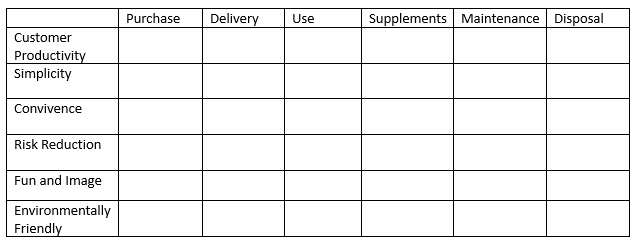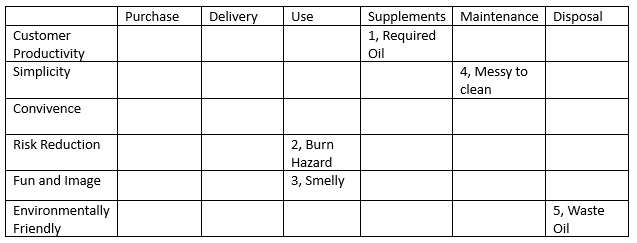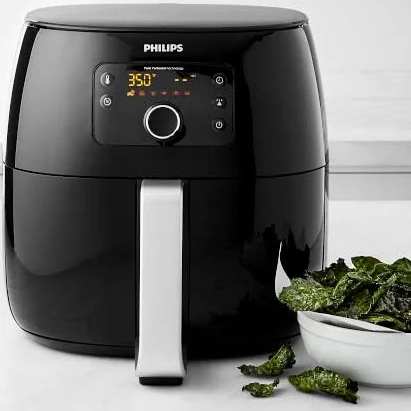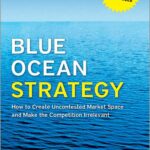
In their book Blue Ocean Shift, W. Chan Kim and Renee Mauborgne share a tool that they call the Buyers Utility Map. I find the tool extremely valuable at helping a business to document the buyer’s experience (Columns) and discover utility levers (Rows) that can be leveraged to create a leap in value.
Download a free MS Word Version of the Buyers Utility Map Tool.
Buyer’s Experience
There are six points along the buying continuum where businesses can create value for their buyers.
Purchase – How attractive and accessible is the physical or online store? How easy is it to find the product(s) the prospect is looking for? How easy and how fast can a purchase be made?
Delivery – How fast is the product delivered? Is the delivery method convenient for the purchaser? How easy is it to unpack and install the product?
Use – What training or expert assistance is required to use the product? How easy is it to store the product when it is not in use? How effective are the product features and functions?
Supplements – Are there other accessories that are needed to use the product?
Maintenance – How easy is it to maintain the product? Does it require expert assistance to maintain it?
Disposal – If the product generates waste, how easy is it to dispose of it?
Utility Levers
There are also six potential utility levers that can be used to leverage the buyer experience cycle.
Customer Productivity – How can you help the consumers to do things faster, better, or in a different way? Can you make using the product less time-consuming? Can you make the product require less effort to use? Can you make it cost less money to use it?
Simplicity – Can you make the product easier to use? Can you eliminate or minimize the complexity or mental hassle of using it?
Convenience – Can you make using the product easier to install and use, such as having access to 24/7 customer support.?
Risk Reduction.-Can you minimize the customer’s financial, physical, or emotional risk? Can you minimize a customer’s loss of reputation if it does not perform as it should?
Fun and Image – Can you delight the customer in a tangible way so that they share their experience? Can you alter the intangible look, feel, attitude, or styling associated with using the product?
Environmental Friendliness – Can you facilitate the recycling of consumable components and other environmentally sensitive practices?
This creates 36 potential points where a business can change their business model.
Buyers Utility Map In Action
Most people love fried foods when we eat out. French fries, tacos, and potato chips would not exist without a deep fryer. However, using a deep fat fryer at home has always been problematic. That being said, dozens of manufacturers continued to manufacture them. Then Phillips used the utility map and produced the first home air fryer.
All of Phillips competitors were focused on the “Use” part of the buyer’s experience and on “Customer Productivity” on the utility levers axis. They made fryers with more buttons to simplify usage and paid no regard for any of the other 35 potential points of differentiation.
By using a buyers utility map, Phillips identified five areas in the customer experience that created pain points.

1, At the intersection of Supplements/Customer Productivity, a deep fat fryer required cooking oil that Philips did not sell but was necessary for the fryer to work. It also created additional expenses by forcing the user to buy cooking oil to operate the deep fat fryer.
2, When it came to using a deep fat fryer they noted that at the intersection of Use/Risk Reduction, hot cooking oil represented a serious burn hazard for home consumers.
3, When considering the intersection of Use/Fun and Image, they noted that using a deep fat fryer in a home that is not as well ventilated as a commercial kitchen often filled the home with a bad smell that lasted well beyond meal preparation.
4, Philips also noted that with respect to the intersection of Maintenance/Simplicity, that traditional deep fat fryers were painful to clean and created a big mess after each use.
5, When it came to the intersection of Disposal/Environmental Friendliness, the used oil in the deep fat fryers was not easy to get rid of in an environmentally friendly way.
In the end, the team at Philips identified five areas that created pain points for users of traditional deep fat fryers that they addressed by developing the air fryer that eliminated or reduced the pain points experienced by traditional deep fat fryers.
How can you use the Buyer Utility Map to find new opportunities to differentiate your offering from the competition and create a leap in value for the consumer?












